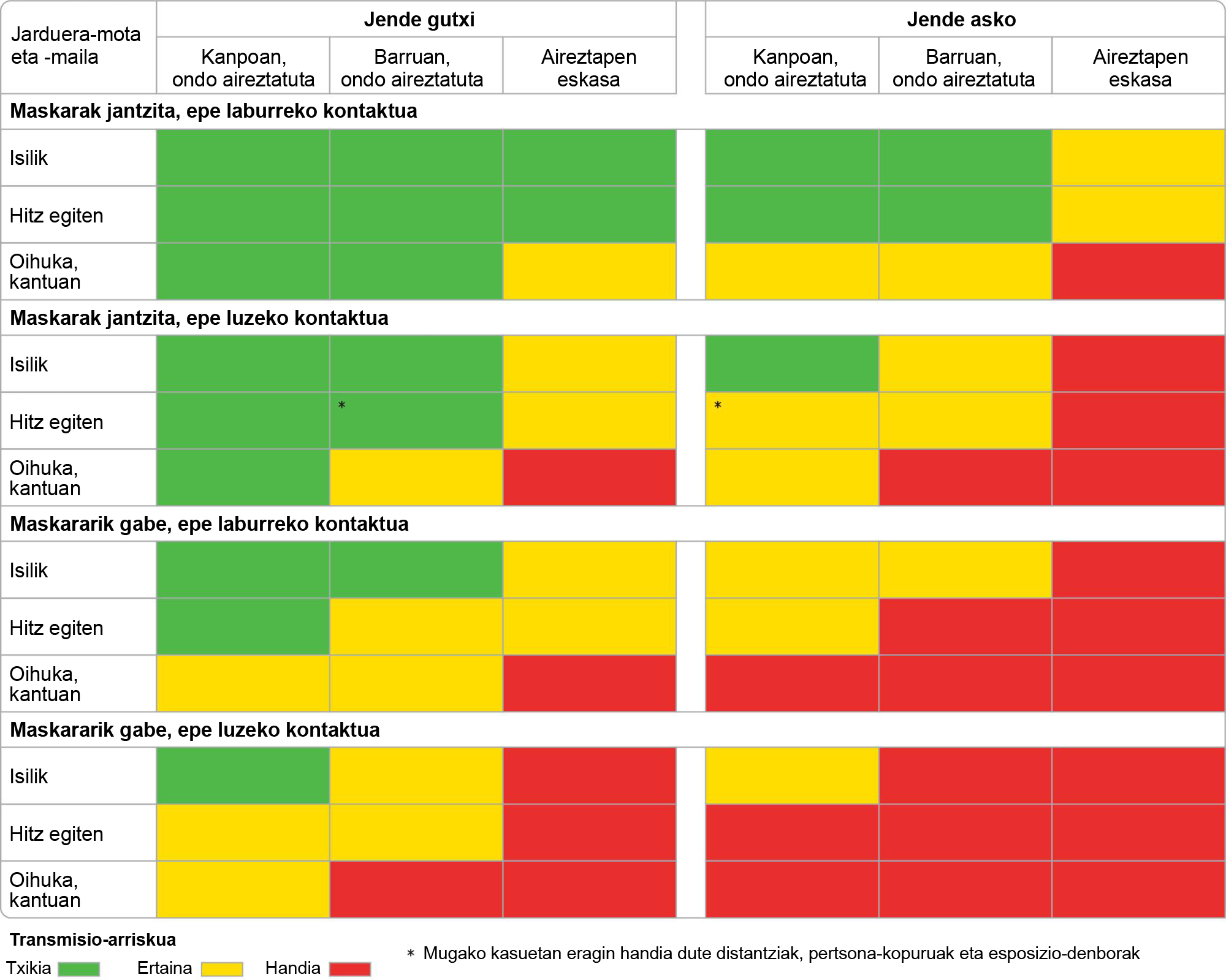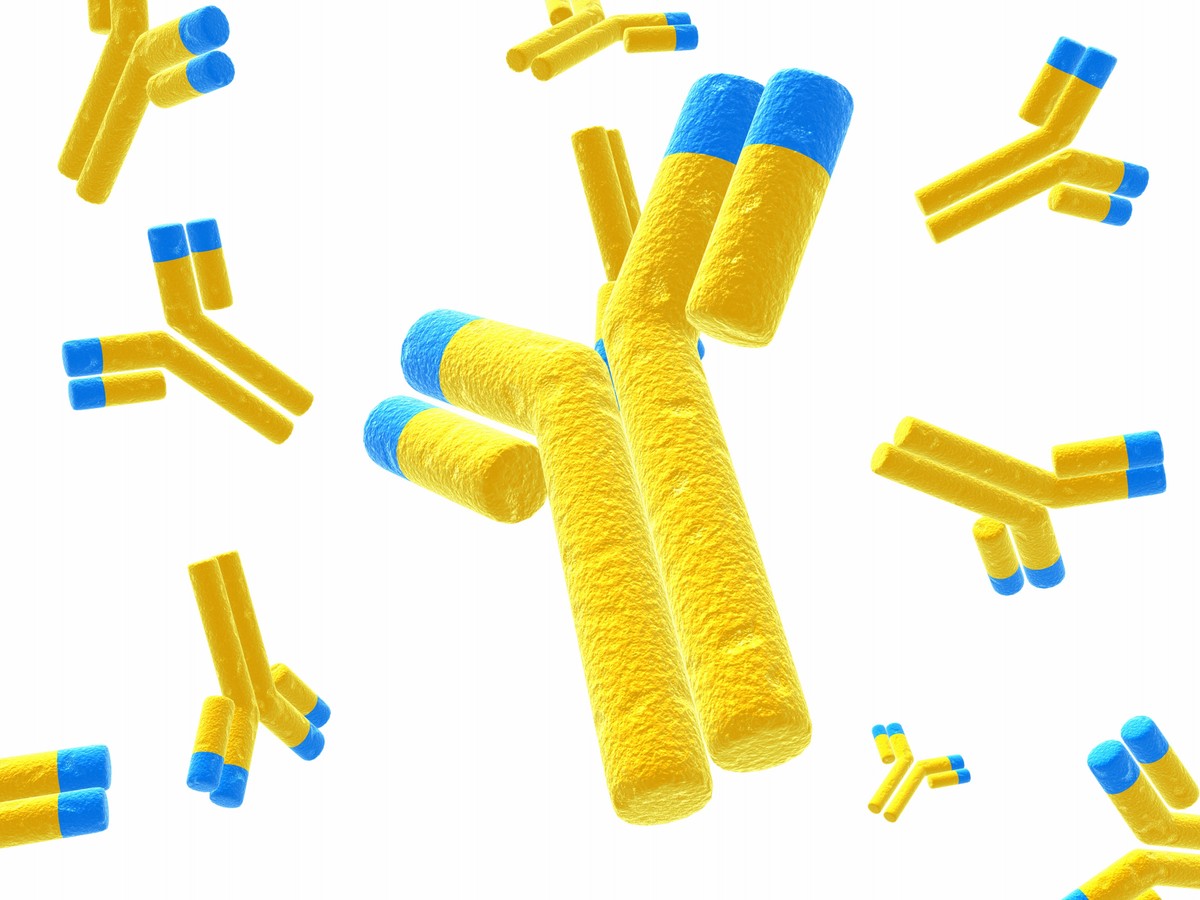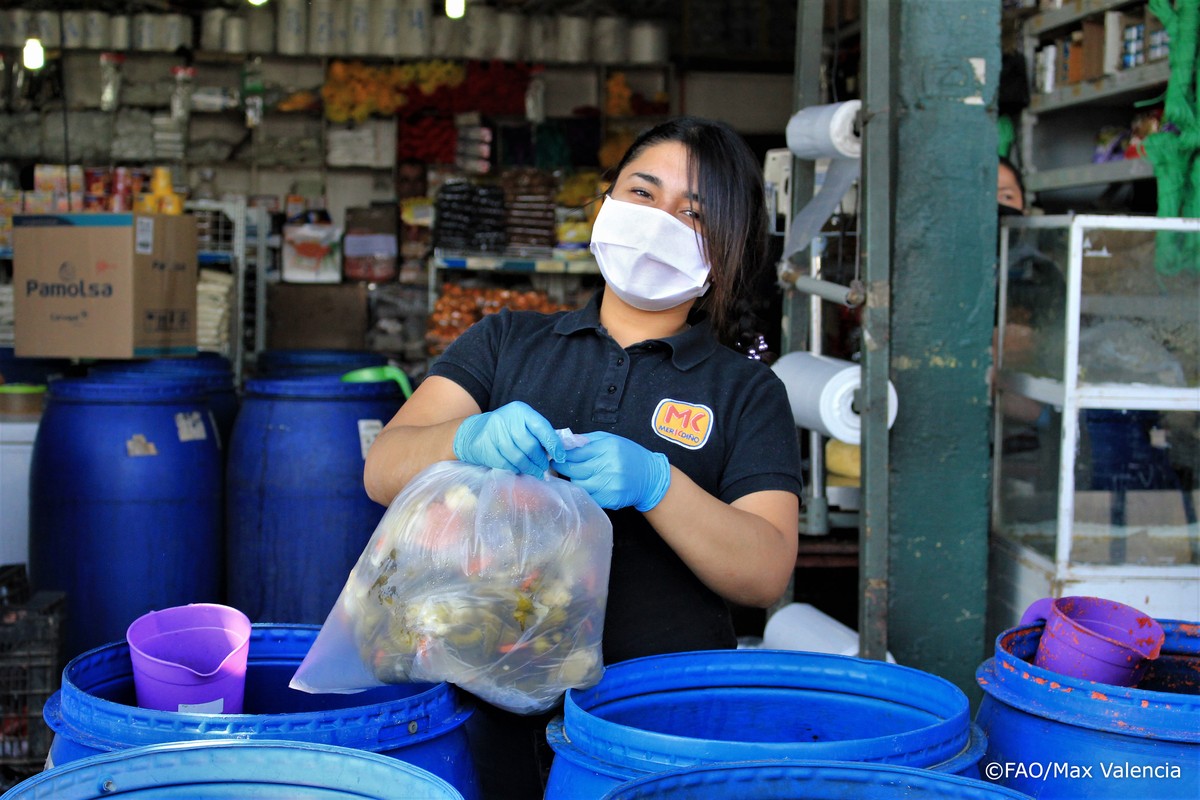Memorando John Snow
2020/12/02 Elhuyar Zientzia Iturria: Elhuyar aldizkaria
The SARS-CoV-2 virus (coravvirus 2 of severe acute respiratory syndrome) has infected more than 35 million people around the world and has caused more than one million deaths until 12 October 2020, according to the World Health Organization. Taking into account that a second wave of covid-19 is affecting Europe and that winter is approaching, we need a clear communication of the risks entailed by covid-19 and the effective strategies to combat it. In this memorandum we launched our vision on the current consensus based on the evidence of covid-19.
The SARS-CoV2 is easily deployed by contact (by means of aerosols and large drops) and by means of aerosols, especially when ventilation is poor. High transmissibility [1] and sensitivity of the population towards the new virus, together with the creation of conditions for rapid social transmission. The mortality of COVID-19 is several times higher than that of seasonal flu [2] and infection can lead to a persistent disease even among young people who were already healthy (i.e., “long COVID” [3]). It is not clear how long protective immunity lasts [4] and, like the rest of the season crowns, SARS-CoV2 is able to reinfect people who have passed the disease, but the frequency of reinfections is unknown [5]. The transmission of the virus can be mitigated by physical removal, mask use, hand hygiene and breathing, avoiding agglomerations and poorly ventilated closed places. Rapid tests, follow-up of contacts, and isolation are also fundamental for the control of the transmission. The World Health Organization has supported these measures since the beginning of the pandemic.
In the initial phase of the pandemic, many countries established confinements (limiting the general population, including permanence and telework orders) to halt the rapid spread of the virus. This was critical to reducing mortality [6],[7] in order to prevent health services from overflowing and gain time to establish pandemic response systems and, after confinement, stop the transmission. Confinements have been very hard everywhere, have influenced people's physical and mental health and have been economically harmed. However, they have had worse consequences in countries that did not know how to use time to establish effective pandemic control systems after confinement and during confinement. In the absence of adequate measures to manage the pandemic and its social impact, these countries have suffered continuous restrictions.
All this has generated despair and distrust. The arrival of the second wave and awareness of the challenges of the future have renewed the interest for collective immunity and it has been proposed that among the low-risk population an uncontrolled outbreak of covid-19 can be allowed while the most vulnerable people are protected. Their supporters suggest that it would lead the low-risk population to develop acquired collective immunity and protect the most vulnerable. This fallacy is dangerous and is not protected by scientific evidence.
Any strategy based on the immunity acquired by natural infection is defective in the management of covid-19. Uncontrolled transmission among younger people presents a risk of morbidity [3] and a significant risk of all-population mortality. In addition to the human cost, this would affect the entire active population, overcoming the capacity of health care systems in ordinary care and emergency.
In addition, after a natural infection of SARS-CoV2, there is no evidence that immunity protects it for a long time, and the endemic transmission that could occur by decreasing immunity could pose a future danger to vulnerable populations. A strategy of this kind would not end the COVID-19 pandemic, but would cause recurrent epidemics, as has happened with many infectious diseases before the vaccines arrived. It would also pose an unacceptable stress for the economy and health professionals, many of whom have died or have had psychological consequences in the exercise of disaster medicine. In addition, we still do not know who can have a sustainable COVID-19 [3]. The determination of vulnerability is complex, but only taking into account the risks of serious illness, 30% of the population of some regions is vulnerable [8]. The high isolation of large sectors of the population is practically impossible and unethical. Empirical evidence from many countries shows that it is impossible to limit the influence of uncontrolled outbreaks on certain sectors of society. This strategy entails the risk of increasing the socio-economic and structural inequalities that the pandemic has shown. Special efforts to protect the most vulnerable are critical, but must be combined with strategies for all citizens.
Once again, in Europe, Latin America, USA. And many other countries of the world are facing rapid growth in cases such as COVID-19. It is essential to act with decision and urgency. Effective measures should be established to prevent and control transmission when it is, and should be supported by financial and social programs that protect society during this period, and address the inequalities that the pandemic has aggravated. Restrictions for short periods may still be needed to reduce transmission and correct ineffective pandemic response systems to avoid future confinements. The aim of these reductions is to effectively prevent SARS-CoV2 infections, in order to quickly detect localized outbreaks and obtain a rapid response, by searching, testing, tracking and isolation, and by means of help systems to make life almost normal, without general restrictions. The protection of our economies is inevitably associated with the control of covid-19. We must protect our active population and avoid long-term uncertainty.
Japan, Vietnam and New Zealand, to name a few countries, have shown that strong public health responses can control transmission, allowing life to be almost normal, and there are many success stories of this type. The evidence is very clear: Controlling the socialization of COVID-19 is the best way to protect our society and our economy until safe and effective vaccines and therapies arrive in the coming months.
We cannot lose our attention to achieve an effective response, it is essential to act urgently from the evidence.
To support this action call, sign the John Snow Memorandum.
REFERENCES1. Hao X, Cheng S, Wu D, Wu T, Lin X, Wang C. - Nature 2020; 584: 420–24.2. Verity R, Okell LC, Dorigatti I, et al. Estimates of the severity of coronavirus disease 2019: a model-based analysis. Lancet Infect Dis 2020; 20: 669–77.3. Nature. Long COVID: let patients help define long-lasting COVID symptoms. Nature 2020; 586: 170.4. Chen Y, Tong X, Li Y, et al. A comprehensive, longitudinal analysis of humoral responses specific to four recombinant antigens of SARS-CoV-2 in severe and non-severe COVID-19 patients. PLoS Pateros 2020; 16: e1008796.5. J. Parry COVID-19: Hong Kong scientists report first confirmed case of reinfection. BMJ 2020; 370: m3340.6. Flaxman S, Mishra S, Gandy A, et al. Estimating the effects of non-pharmaceutical interventions on COVID-19 in Europe. Nature 2020; 584: 257–61.7. Dehning J, Zierenberg J, Spitzner FP, et al. Inferring change points in the spread of COVID-19 reveals the effectiveness of interventions. Science 2020; 369: eabb9789.8. Clark A, Jit M, Warren-Gash C, et al. Global, regional, and national estimates of the population at increased risk of severe COVID-19 due to underlying health conditions in 2020: a modelling study. Lancet> Health 2020; 8: e1003–17.

Gai honi buruzko eduki gehiago
Elhuyarrek garatutako teknologia






